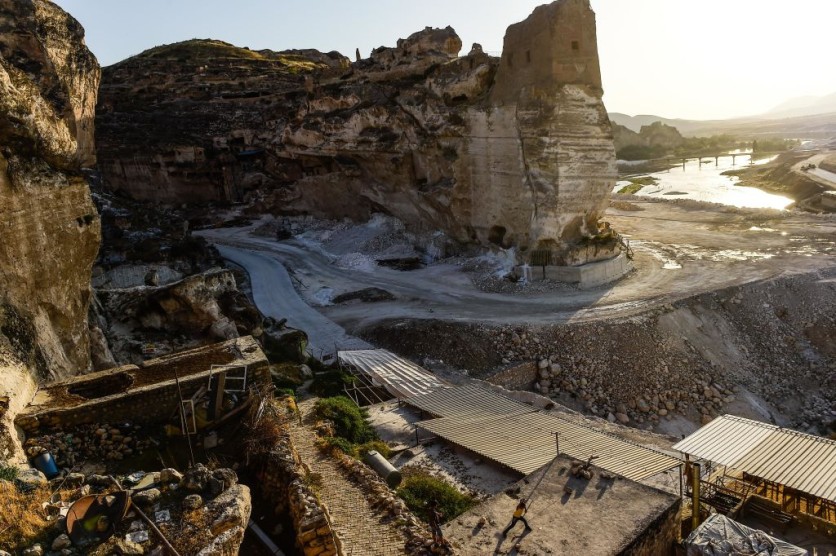According to a report by National Geographic, archaeologists have uncovered the collapse of an ancient empire from the Late Bronze Age after studying 3,200-year-old trees in Turkey.

Late Bronze Age Collapse
The Hittite Empire, Mycenaean Greek civilization, and other minor empires, all vanished during what is known as the "Late Bronze Age collapse."
According to National Geographic, this brought civil conflicts, uprisings, famines, competing pharaohs in Egypt, and foreign invasions in Babylonia and Assyria.
However, the reason behind this collapse remains hidden in the dark. Scholars have sought to determine the case for years, whether it was war, natural disasters, or economic failures that led to the downfall of this ancient empire.
But now, new research finds that climate change may have been a critical factor in the Late Bronze Age collapse.
An American research team has discovered that the heartlands of the Hittite Empire in central Anatolia experienced extreme drought in 1198, 1197, and 1196 B.C.-right at the commencement of the Late Bronze Age collapse. They did this by analyzing the logs from trees buried for over 3,000 years.
National Geographic noted that the discovery supports hypotheses that the eastern Mediterranean's transition to a drier and colder climate disrupted food production, causing shortages that worsened the cultural and economic issues.
Kingdom of Phrygia
To determine what transpired with the Hittite Empire, the team examined the kingdom of Phrygia, which developed in the same region centuries later.
The researchers analyzed wood from a large burial mound close to Gordion, the Phrygia's capital, around 50 kilometers southwest of Ankara.
The royal burial that lies beneath the mound, which is connected to the fabled King Midas- the man with the "Midas touch"- may be the earliest-known wooden structure in history, according to the team.
It was constructed from more than 100 logs saved beneath the mound from juniper trees that were cut down in the seventh century B.C.
However, due to junipers' prodigious lifespans - often exceeding 1,000 years - the researchers could locate 18 logs from trees that were still living when the region was a Hittite heartland.
"Dryness Record"
The archaeologists assessed the annual growth rings of the trees that could be seen in the logs and looked at the levels of the carbon-13 isotope in their cells, which reveals the amount of moisture in the air at the time of their formation.
A form of high-resolution "dryness record" for central Anatolia between approximately 1500 and 800 B.C. was then produced based on the team's findings.
Sturt Manning, the study's lead author from Cornell University, told National Geographic that the Hittite Empire could have likely survived a short drought until it was eventually overcome by a long-lasting lack that may have contributed to its collapse.
The study's findings were published in Nature.
Related Article : Archaeologists Find an Extremely Rare 1,300-year-old Gold and Gemstone Necklace From a Medieval Woman in England


![Apple Watch Series 10 [GPS 42mm]](https://d.techtimes.com/en/full/453899/apple-watch-series-10-gps-42mm.jpg?w=184&h=103&f=9fb3c2ea2db928c663d1d2eadbcb3e52)


